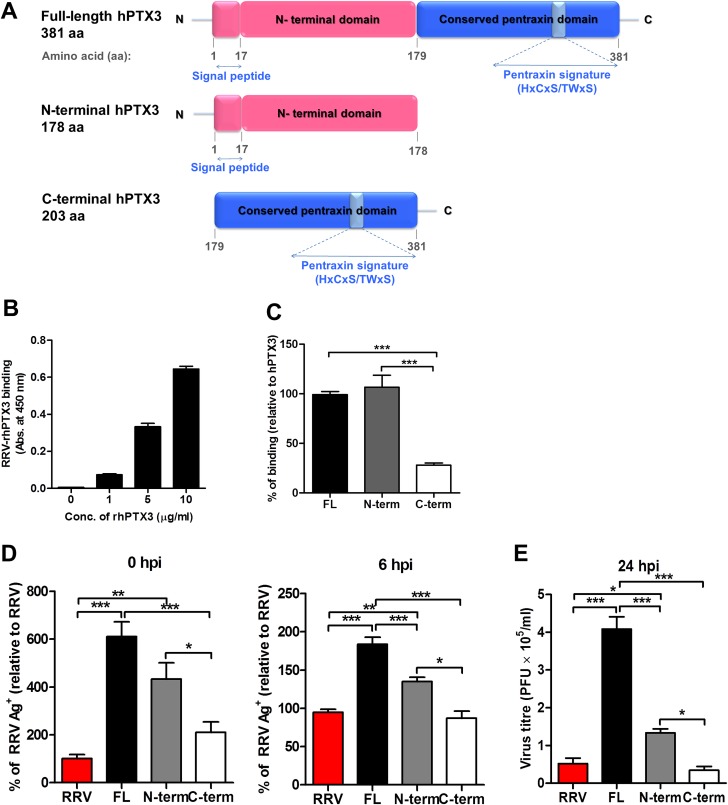Fig 11. Acute phase protein MBL binds to RRV but does not affect viral infectivity.
(A) Serum from RRVD patients (n = 21) or healthy controls (n = 10) were analyzed by ELISA for MBL levels. Data are presented as mean ± SEM. ***P < 0.001, Mann-Whitney U test. (B) 21-day-old C57BL/6 WT mice (n = 4–5 per group) were subcutaneously injected with 104 PFU of RRV or PBS (mock). Mice were sacrificed at 2, 5, 10 and 15 dpi, and serum was collected for analysis of MBL-C expression by ELISA. Data are presented as mean ± SEM. *P < 0.05, **P < 0.01, two-way ANOVA, Bonferroni post-test. (C) Increasing concentrations of mouse recombinant MBL-C were added to RRV-coated plates for 2 hours at 37°C, followed by binding to biotin-conjugated anti-MBL-C antibody for additional 2 hours at 37°C. Optical density at 450 nm was read using Horseradish Peroxidase Substrate kit. (D) Dose-dependent infection of C2C12 cells was performed at MOI 0.1, 1, 2.5, 5 and 10 for 24 h, using EFGP-RRV. The percentage of infected cells (EGFP+) was assessed using flow cytometry analysis. (E) C2C12 cells were infected with EGFP-RRV (104 PFU RRV) and pre-bound MBL-C-RRV or PTX3-RRV complex (1 μg/ml of mouse recombinant proteins + 104 PFU RRV) for 6, 12 and 24 hours. The percentage of infected cells (EGFP+) was assessed using flow cytometry analysis. Horizontal dotted line represents the mean percentage of EGFP+ cells detected in mock control. *P < 0.05, ***P < 0.001, one-way ANOVA, Bonferroni’s post-test.

